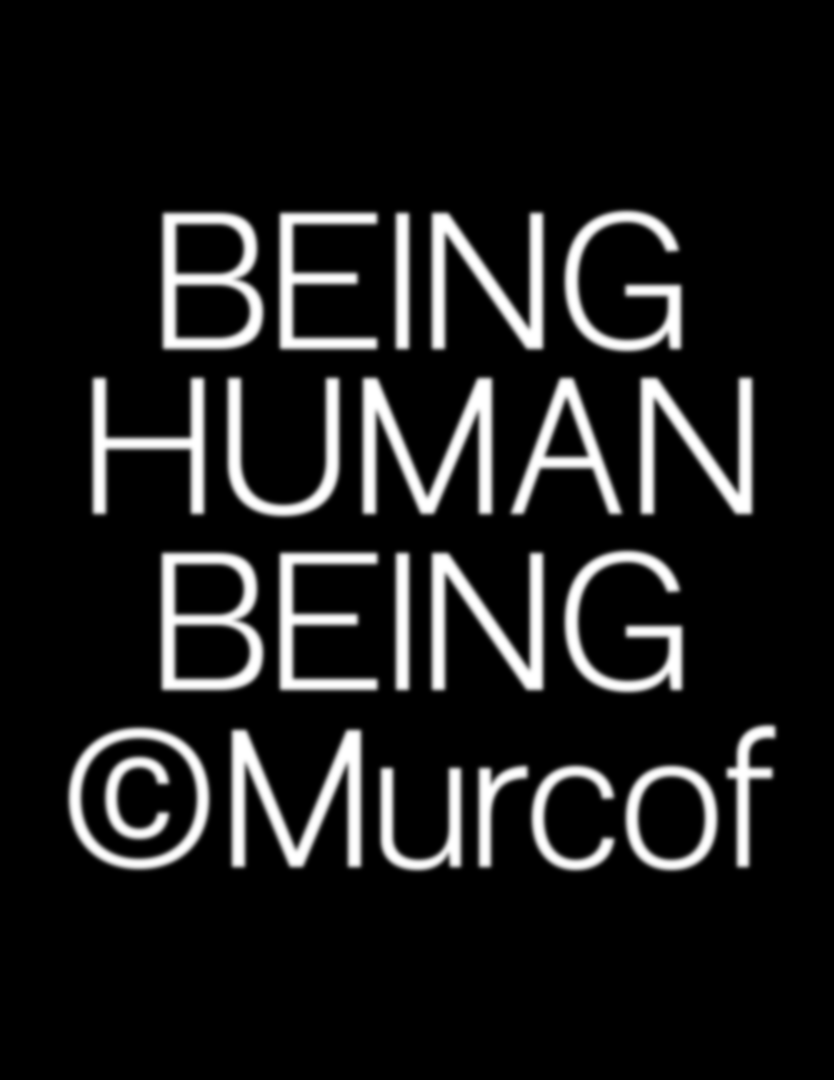Abaza, Abkhazian, Abron, Acheron, Achinese, Acholi, Achuar-Shiwiar, Adangme, Adyghe, Afar, Afrikaans, Aghul, Aguaruna, Ahtna, Akoose, Alekano, Aleut, Amahuaca, Amarakaeri, Amis, Anaang, Andaandi, Dongolawi, Anufo, Anuta, Arabela, Aragonese, Arbëreshë Albanian, Archi, Asháninka, Ashéninka Perené, Asturian, Atayal, Avaric, Awa-Cuaiquer, Awing, Baatonum, Balinese, Banjar, Baoulé, Bari, Bashkir, Basque, Batak Dairi, Batak Karo, Batak Mandailing, Batak Simalungun, Batak Toba, Belarusian, Bemba (Zambia), Bena (Tanzania), Bezhta, Bikol, Bini, Bislama, Boko (Benin), Bora, Borana-Arsi-Guji Oromo, Bosnian, Breton, Budukh, Buginese, Bulgarian, Candoshi-Shapra, Caquinte, Caribbean Hindustani, Cashibo-Cacataibo, Cashinahua, Catalan, Cebuano, Central Atlas Tamazight, Central Aymara, Central Kurdish, Central Siberian Yupik, Cerma, Chachi, Chamalal, Chamorro, Chavacano, Chayahuita, Chechen, Chiga, Chiltepec Chinantec, Chinese Buriat, Chokwe, Chukot, Chuukese, Chuvash, Cimbrian, Cofán, Cook Islands Māori, Cornish, Corsican, Creek, Crimean Tatar, Croatian, Czech, Dagbani, Danish, Dargwa, Dehu, Dido, Dimli, Dinka, Dolgan, Dungan, Dutch, Eastern Arrernte, Eastern Mari, Eastern Oromo, Efik, English, Erzya, Even, Evenki, Fanti, Faroese, Fijian, Filipino, Finnish, Forest Enets, French, Friulian, Ga, Gagauz, Galician, Ganda, Garifuna, German, Gheg Albanian, Gilbertese, Gonja, Gooniyandi, Gourmanchéma, Guadeloupean Creole French, Gusii, Gwichʼin, Haitian, Halh Mongolian, Hani, Hiligaynon, Hopi, Huastec, Hungarian, Hän, Icelandic, Idoma, Igbo, Iloko, Inari Sami, Indonesian, Ingush, Irish, Istro Romanian, Italian, Itelmen, Ixcatlán Mazatec, Jamaican Creole English, Javanese, Jola-Fonyi, Judeo-Tat, K'iche', Kabardian, Kabuverdianu, Kaingang, Kalaallisut, Kalenjin, Kalmyk, Kamba (Kenya), Kaonde, Kaqchikel, Karachay-Balkar, Karaim, Karata, Karelian, Kashubian, Kazakh, Kekchí, Kenzi, Mattokki, Ket, Khakas, Khanty, Khasi, Khinalugh, Kikuyu, Kimbundu, Kinyarwanda, Kirghiz, Kirmanjki, Kituba (DRC), Kom (Cameroon), Komi-Permyak, Kongo, Konzo, Koryak, Krio, Krymchak, Kumyk, Kven Finnish, Kölsch, Ladin, Ladino, Lak, Lamnso', Latgalian, Lezghian, Lingala, Lithuanian, Lombard, Low German, Lower Sorbian, Lozi, Luba-Lulua, Lule Sami, Luo (Kenya and Tanzania), Luxembourgish, Macedo-Romanian, Macedonian, Madurese, Makonde, Malagasy, Malaysian, Maltese, Mandinka, Mandjak, Mankanya, Mansi, Manx, Maore Comorian, Maori, Mapudungun, Marshallese, Matsés, Mauritian Creole, Mende (Sierra Leone), Meriam Mir, Meru, Metlatónoc Mixtec, Mezquital Otomi, Mi'kmaq, Minangkabau, Mirandese, Mizo, Modern Greek, Mohawk, Moksha, Mongolian Buriat, Montenegrin, Munsee, Murrinh-Patha, Murui Huitoto, Muslim Tat, Mwani, Mískito, Naga Pidgin, Nanai, Navajo, Ndonga, Neapolitan, Nenets, Nganasan, Ngazidja Comorian, Niuean, Nobiin, Nogai, Nomatsiguenga, North Azerbaijani, North Ndebele, Northeastern Dinka, Northern Kissi, Northern Kurdish, Northern Qiandong Miao, Northern Sami, Northern Uzbek, Norwegian, Nuer, Nyamwezi, Nyanja, Nyankole, Nyemba, Nzima, Occitan, Ojitlán Chinantec, Orma, Oroqen, Ossetian, Otuho, Palauan, Pampanga, Papantla Totonac, Papiamento, Paraguayan Guaraní, Pedi, Picard, Pichis Ashéninka, Piemontese, Pijin, Pintupi-Luritja, Pipil, Pite Sami, Pohnpeian, Polish, Pontic Greek, Portuguese, Potawatomi, Purepecha, Páez, Quechua, Romanian, Romansh, Rotokas, Rundi, Russian, Russian Buriat, Rusyn, Rutul, Samoan, Sango, Sangu (Tanzania), Saramaccan, Sardinian, Scots, Scottish Gaelic, Secoya, Sena, Serbian, Seri, Seselwa Creole French, Sharanahua, Shawnee, Shilluk, Shipibo-Conibo, Shona, Shor, Shuar, Shughni, Sicilian, Silesian, Siona, Slovak, Slovenian, Soga, Somali, Soninke, South Azerbaijani, South Ndebele, Southern Altai, Southern Aymara, Southern Dagaare, Southern Qiandong Miao, Southern Sami, Southern Sotho, Spanish, Sranan Tongo, Standard Estonian, Standard Latvian, Standard Malay, Sundanese, Swahili, Swedish, Swiss German, Tabassaran, Tachelhit, Tagalog, Tahitian, Tajik, Talysh, Tatar, Tedim Chin, Tetum, Tetun Dili, Ticuna, Tlingit, Toba, Tojolabal, Tok Pisin, Tokelau, Tonga (Tonga Islands), Tonga (Zambia), Tosk Albanian, Tsafiki, Tsakhur, Tumbuka, Tundra Enets, Turkish, Turkmen, Tuvalu, Tuvinian, Twi, Tzeltal, Tzotzil, Uab Meto, Udi, Udmurt, Ukrainian, Umbundu, Ume Sami, Upper Guinea Crioulo, Upper Sorbian, Urum, Venetian, Veps, Võro, Walloon, Walser, Waray (Philippines), Warlpiri, Wasa, Wayuu, Welsh, West Central Oromo, West-Central Limba, Western Abnaki, Western Frisian, Western Mari, Wiradjuri, Wolof, Xhosa, Yagnobi, Yagua, Yakut, Yanesha', Yao, Yoruba, Yucateco, Zapotec, Zulu, Zuni, Záparo

